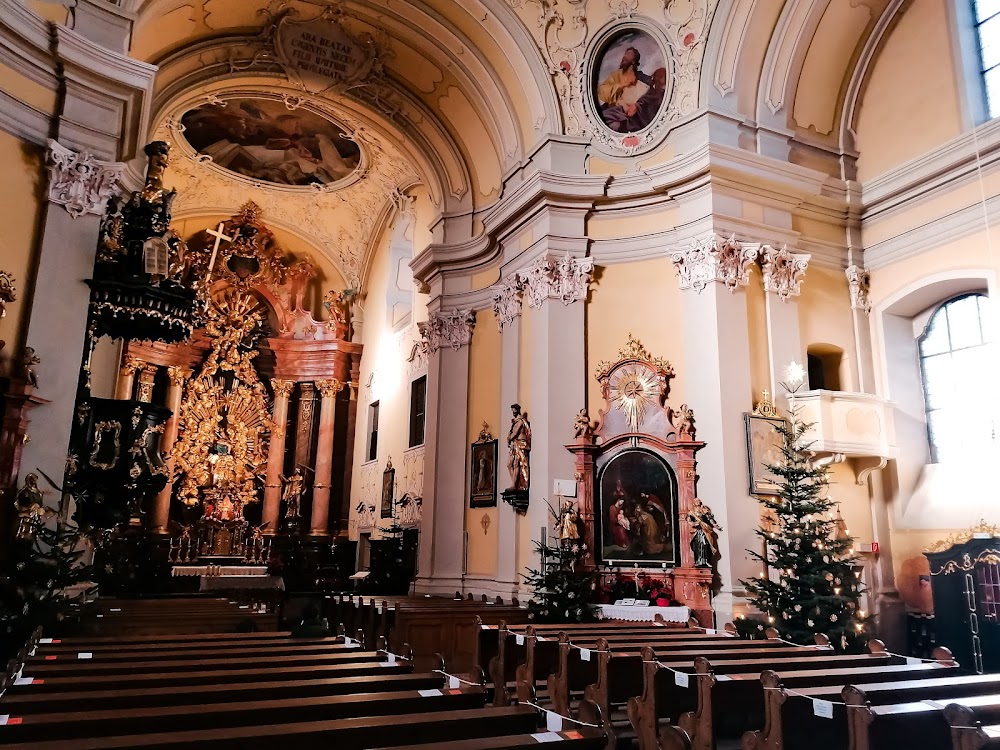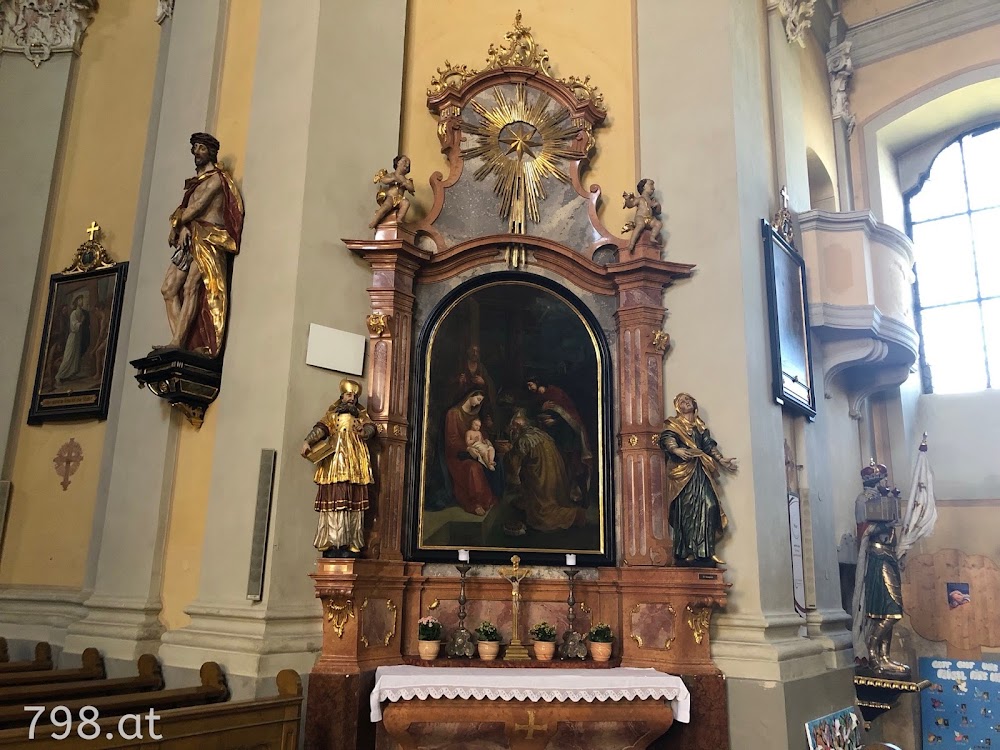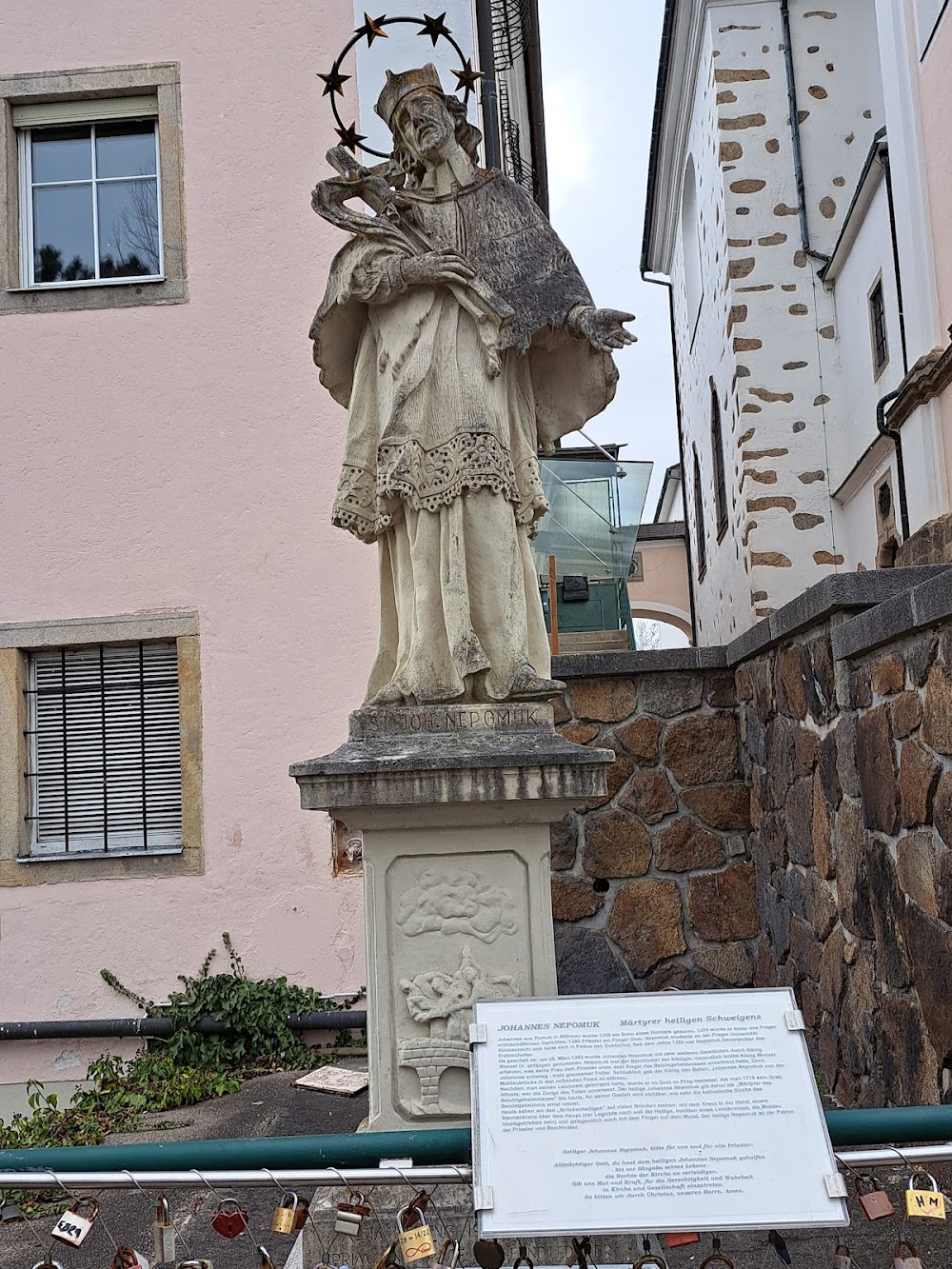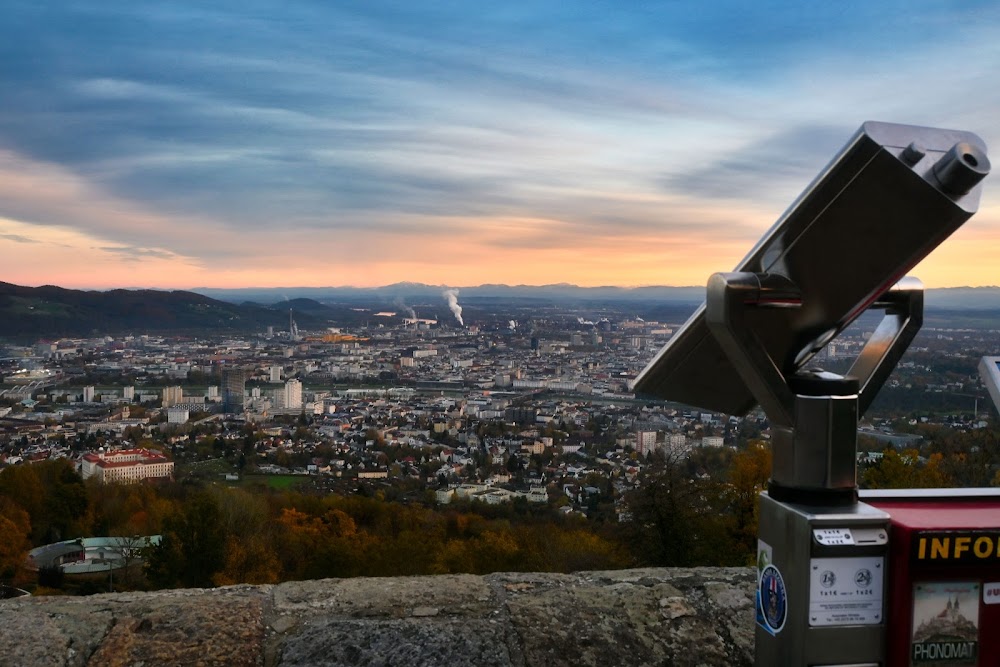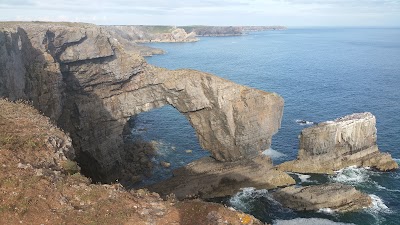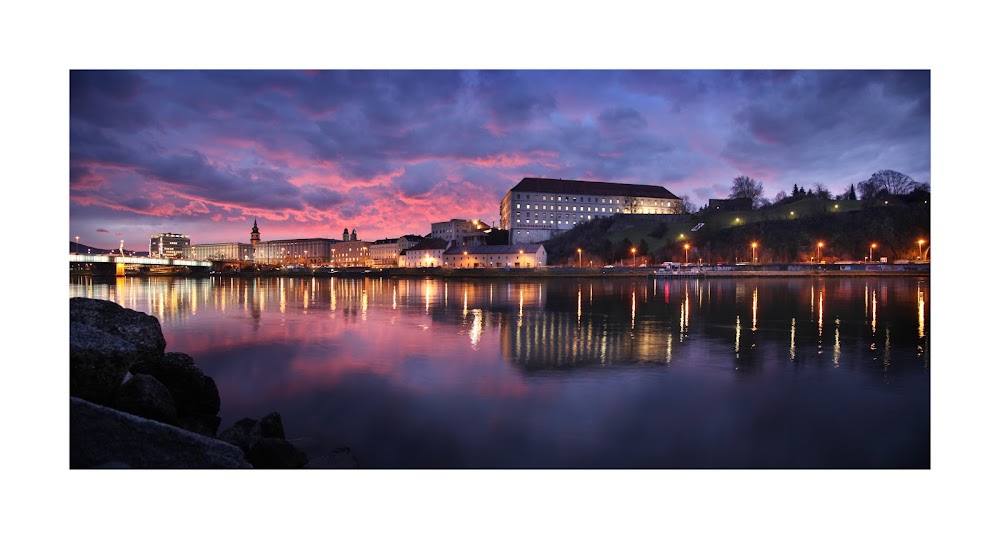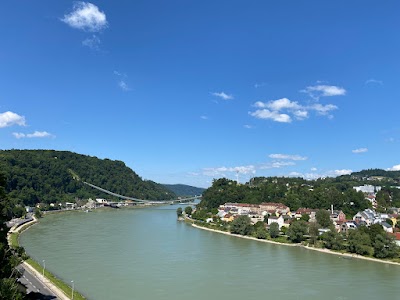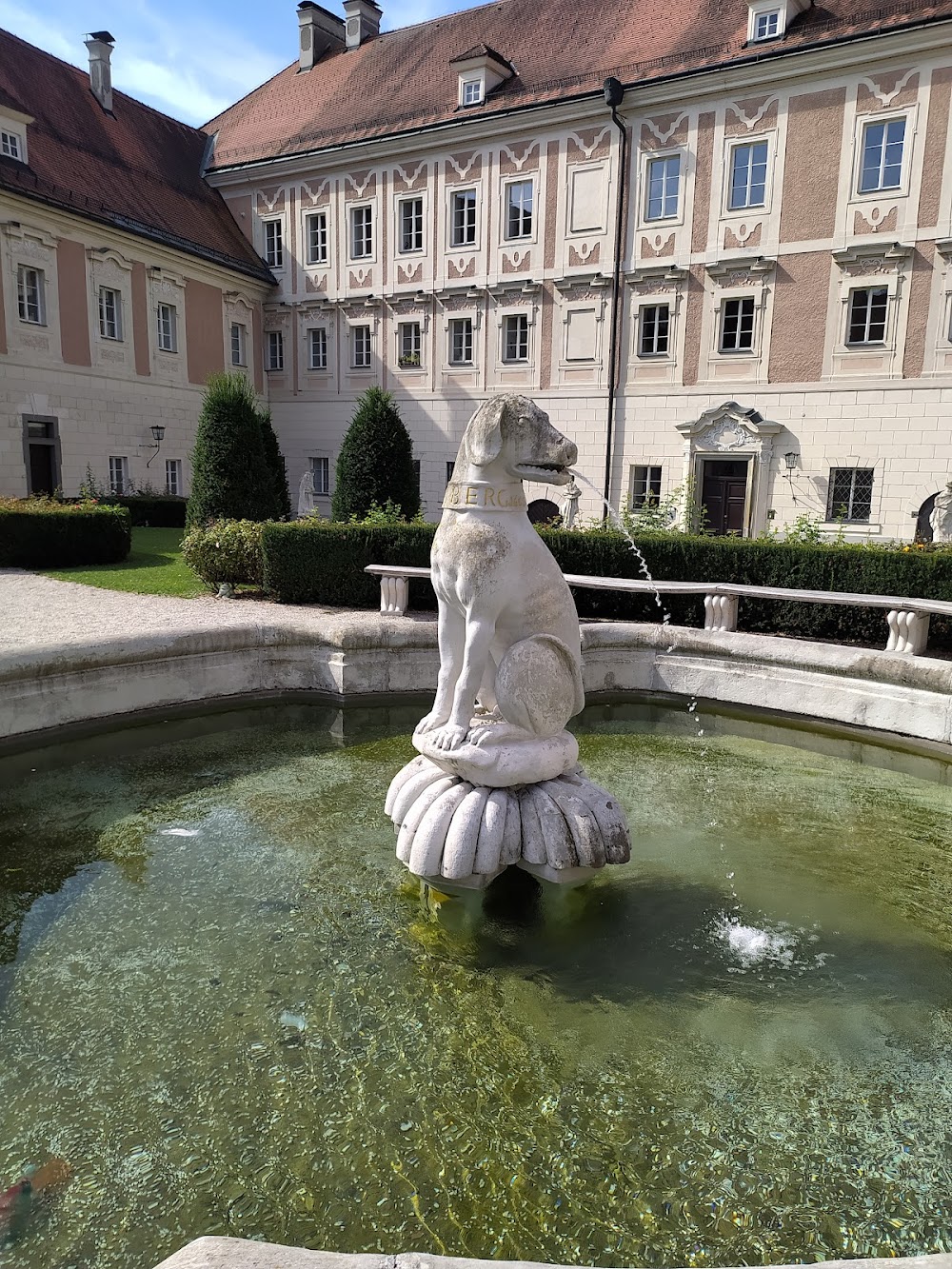Pöstlingberg Church (Pöstlingbergkirche)
Related Places
Overview
Pöstlingberg Church: A Pilgrimage Basilica in Linz
Wallfahrtsbasilika Sieben Schmerzen Mariae, more commonly known as Pöstlingberg Church, is a stunning pilgrimage basilica located in Linz, Upper Austria. This iconic site is not just a place of worship but also a significant cultural landmark that draws visitors from near and far.
A Rich Historical Background
The history of Pöstlingberg Church dates back to the early 18th century when the deeply devout region chose the hill of Pöstlingberg as the perfect location for a house of worship. Dedicated to the "Seven Sorrows of Mary," the church reflects a profound aspect of Catholic devotion, highlighting seven poignant moments in the life of the Virgin Mary.
Construction commenced in 1742 under the skilled guidance of architect Josef Matthias Götz, inspired by a local religious movement that aimed to establish a sacred place for pilgrims. The project saw extensive community backing, with generous donations from local citizens and noble families eager to see their vision come to fruition.
Architectural Marvel
The construction journey was fraught with challenges, particularly due to the steep terrain of Pöstlingberg, which complicated the transportation of building materials. Nevertheless, the dedication and craftsmanship of the builders ensured the church was completed in 1748, showcasing the grandeur and intricacy characteristic of the Baroque architectural style.
One of the church's most distinctive features is its twin onion-domed towers, which not only elevate its aesthetic appeal but also serve as a prominent landmark visible throughout Linz. Inside, the church is equally breathtaking, adorned with intricate frescoes, detailed statues, and an impressive high altar that serves as a focal point for worshippers.
Artistry Within
The high altar, a masterpiece crafted by the renowned sculptor Ignaz Günther, vividly illustrates the seven sorrows of Mary, merging devotion with artistic brilliance. The ceiling frescoes, painted by Bartolomeo Altomonte, enrich the space with vibrant colors and divine imagery, captivating the hearts of all who enter.
In 1964, Pope Paul VI recognized the church's religious and cultural importance by elevating it to the status of a minor basilica. This honor underscored not only its historical significance but also its role as a vital pilgrimage destination.
Preserving a Treasure
Over the years, Pöstlingberg Church has undergone various renovations to maintain its beauty and structural integrity. Recent restoration efforts have included modern lighting to highlight its architectural and artistic features, while careful techniques have preserved the original artistry of the frescoes and sculptures.
Adding to the charm of the church is the Pöstlingberg railway, one of Europe's steepest adhesion railways, which opened in 1898. This railway offers easy access to the church, bringing pilgrims, tourists, and locals to the hilltop while providing breathtaking views of Linz and its picturesque surroundings. The railway has become an iconic part of the Pöstlingberg experience, complementing the church's historical significance.
A Living Spiritual Hub
Today, Pöstlingberg Church remains a vibrant part of the Linz community, attracting thousands of pilgrims each year, especially during significant religious festivals such as the Feast of the Seven Sorrows of Mary. Regular parish services, weddings, and various religious ceremonies continue to keep the church a living entity within the spiritual life of the city.
This basilica is not only a testament to the architectural and artistic prowess of its creators but also a symbol of faith, devotion, and the enduring power of community collaboration in creating something timeless and profound.


